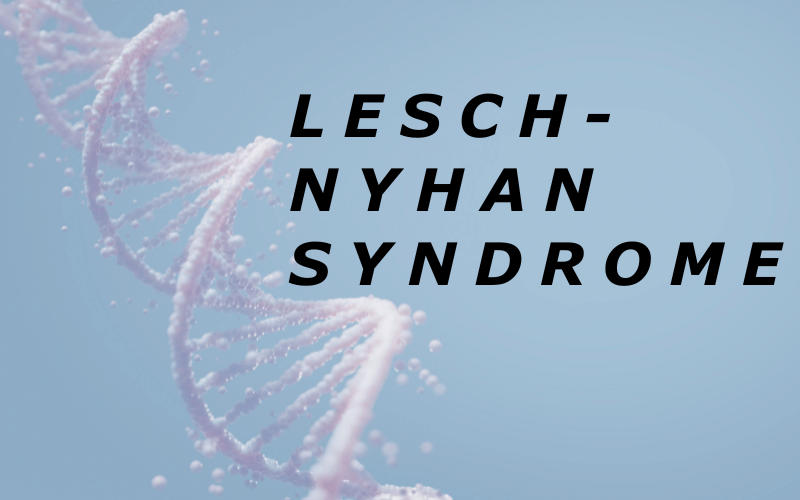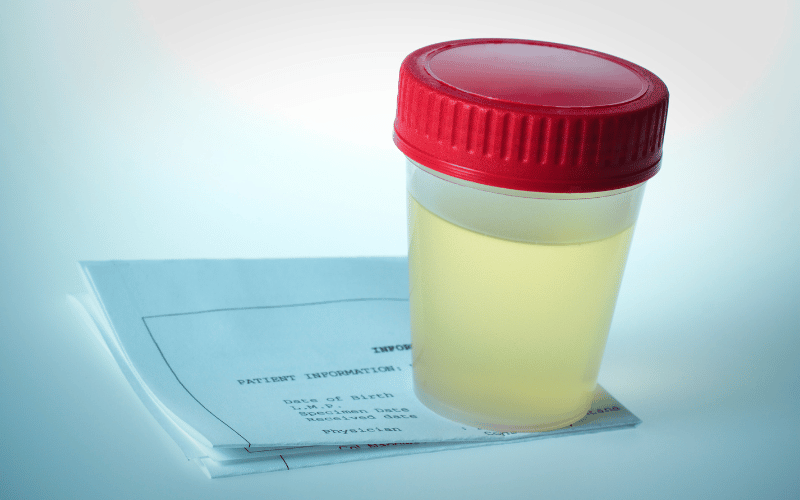Introduction: Diving Deep into Lesch Nyhan Syndrome

Often, the world of genetics throws us curveballs that leave us gasping at their complexity. Lesch Nyhan Syndrome (LNS) is one such unexpected surprise. A rare genetic disorder, LNS, is unique in its presentation and puzzling in its pathophysiology. It is known to create an enormous impact on those it afflicts, rendering understanding and demystification a necessity rather than a choice.
The syndrome, named after Michael Lesch and William Nyhan, who first illuminated its existence in medical literature, comes under the broad umbrella of ‘purine metabolism disorders.’ This distinct categorization brings with it an assortment of symptoms, each playing a pivotal role in the lives of those affected.
With this article, we intend to embark on a journey of understanding and empathizing with those living with LNS. A detailed examination of its ten core symptoms awaits us, shedding light on this elusive condition’s challenging realities. A foray into the intricacies of these symptoms opens up avenues for caregivers and society at large to understand the comprehensive assistance required by those impacted.
So, prepare to delve into the fascinating, yet perplexing world of LNS, to gain insights into its ten distinguishing symptoms. The exploration promises to be as informative as it is essential in unearthing the myriad facets of this unusual genetic condition.
Symptom 1. Hyperuricemia: The Invisible yet Painful Manifestation

Hyperuricemia, a condition characterized by excessive uric acid in the blood, marks its presence rather stealthily in Lesch Nyhan Syndrome (LNS). Despite being an internal process, the impacts of hyperuricemia are physical and often painful. The heightened levels of uric acid in the bloodstream set off a chain of reactions, leading to gout. Gout refers to the deposition of uric acid crystals within joints, causing intense pain.
The ordeal doesn’t stop at gout. In certain severe scenarios, the affected individuals have reported passing sandy or gritty urine. This is a result of urate kidney stones formation. What begins as a seemingly harmless increase in uric acid levels quickly spirals into something much more severe.
Hyperuricemia stands as a testament to the complexity of LNS. It is a direct manifestation of disrupted purine metabolism, an underlying feature of this syndrome. As uric acid levels surge, they leave behind a trail of disorders, each adding a layer of complexity to the lives of those affected.
Understanding hyperuricemia’s impact underscores the importance of regular health monitoring in LNS patients. Regular check-ups can help track uric acid levels and manage them before they culminate into painful conditions like gout or kidney stones. (1)